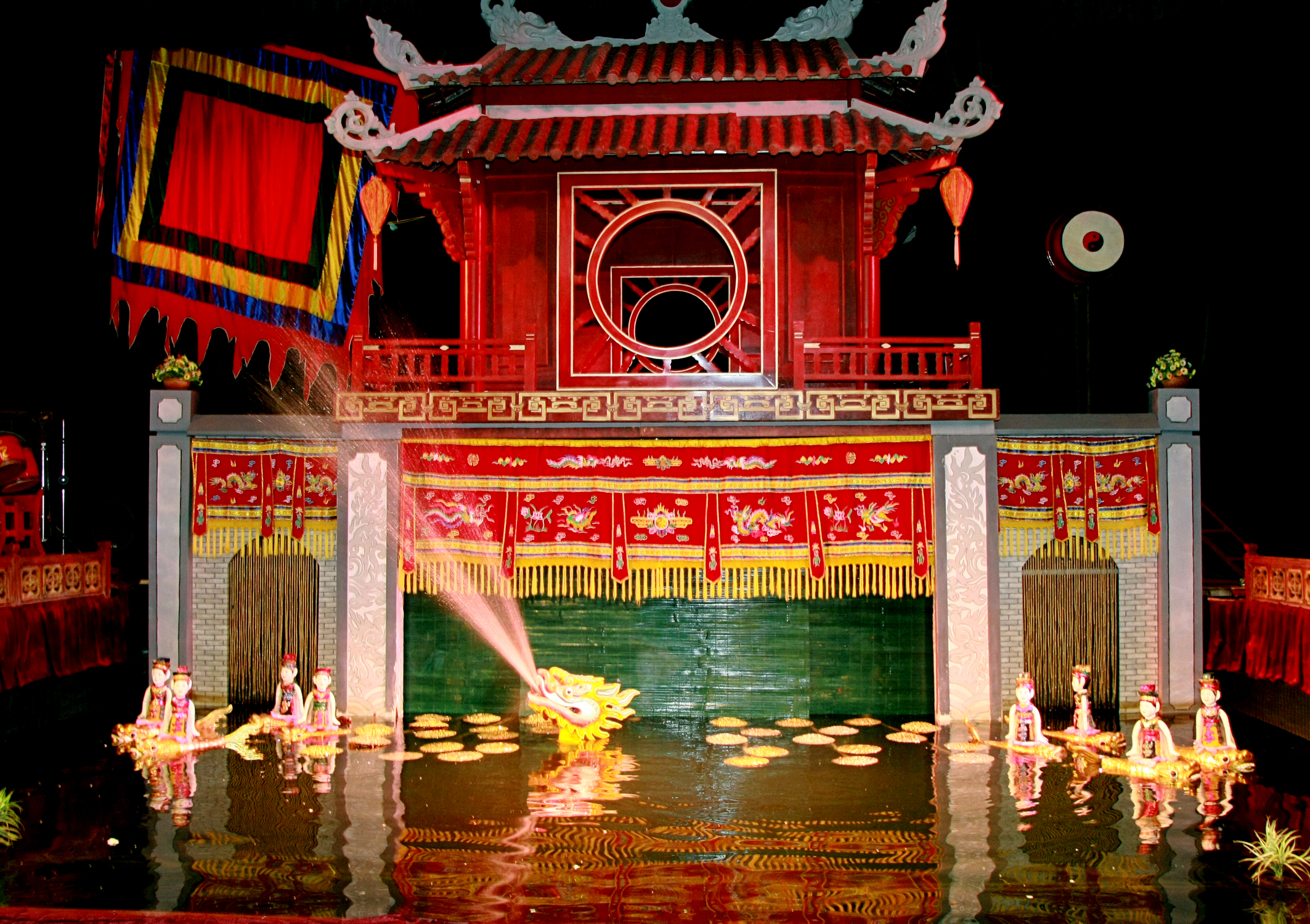
However, the emphasis on this form of puppetry is more on drama than dance. The traditional rod puppet form of West Bengal or Dang Putul Naach (Rod Doll Dance), is a tradition that goes back to the 14th century. There is no set format for the movements and there is no stage. In present time lyrics are often laced with humour and sarcasm while the music is based on either common folk tunes or even popular Hindi or Bengali songs. Squatting on their haunches, they would extract two often well-worn puppets and proceed to enact scenes from the epics.The glove puppeteer is narrator, singer and actor, providing the dialogue for both the puppets, as he manoeuvres them. In the old days, they would go from door to door demonstrating their performance or they would visit local fairs and festivals. The Beni Putul puppeteers traditionally belong to a social group in the lower strata of society. The form is a solo act that has existed for over a hundred years, but sadly today, there are only a handful of traditional glove puppeteers struggling to keep their art and skill alive in the lone village of Padmatamali in East Medinipur. The roots of the glove puppet or Beni or Bene Putul tradition lie in the district of East Medinipur in West Bengal. Puppetry can used to educate impoverished urban and rural people about controversial social issues such as AIDS, family planning, and women’s rights.

Several other organization, government, semi-government and private, have also used puppets in support of individual schemes. The song and drama division (established in 1954) makes wide use of puppets in its campaign to promote various government projects. To encourage scientific methods of farming, to promote the use of fertilizers, and to deal with a host of social problem from dowry to child delinquency. Glove puppets have become to be increasingly used in the field of communication and development in recent years. She has used puppets for over fifteen years to teach children physiology, hygiene ,civic ,history, geography and poetry, the subject s are conveyed to the children more vividly and are remembered more easily through the use of puppets than through conventional means. While this art almost died out before it was revived in 1984, it is now a popular entertainment for tourists, seeking to enjoy a uniquely Vietnamese experience.According to a scholar puppeteer Meher Rustom Contractor, “puppets have a subtle impact on simple audience which no human can achieve”. The puppeteers stand waist-deep in the water behind a bamboo screen, so that the audience can only see the puppets moving, but do not see the puppeteers. The puppets are made of wood, and attached to wooden rods which are used by the puppeteers to manipulate the puppets. Traditionally, performances would take place on top of flooded rice paddies. Water puppetry, called Múarốinước in Vietnamese, is a distinctly Vietnamese form of art, originating from the villages of the Red River Delta in Vietnam. While it is still comparatively more popular than Háttuồng and Hátchèo, its popularity has declined since the 1970s and 1980s, especially amongst the younger generation. It is accompanied by the Vietnamese traditional chamber music, nhạctàitử. The performance is characterized by its singing, which uses a great deal of vibrato. CảilươngĬảilương is a form of modern folk opera with both contemporary and historical themes.
#Folk water puppetry arts professional#
Today it is increasingly also performed indoors, by professional performers. The message of the performances often criticizes the existing social order. Unlike other theatrical forms suited for royal court, Hátchèo uses less props, costumes and make-up. It was traditionally performed by Vietnamese peasants in semi-amateur touring groups, who would typically perform in open courtyards in the villages.

On the other hand, Hátchèo is a form of satirical musical theatre originating in northern Vietnam. Originally performed in the royal courts, it is now performed by travelling troupes to farmers and ordinary citizens, featuring many well-known characters. Hence, it is strikingly similar to Chinese opera. Háttuồng, also called hátbội, was introduced to Vietnam from China in the 13th century.


There are several types of traditional theatrical performance: Háttuồng You can learn about Vietnam’s oral traditions and folk stories through its theatrical performances.


 0 kommentar(er)
0 kommentar(er)
